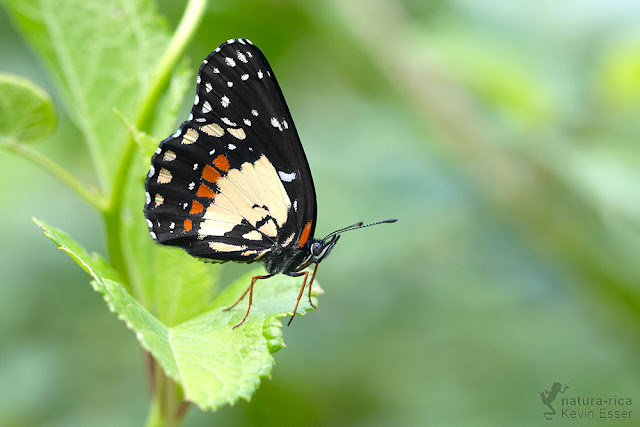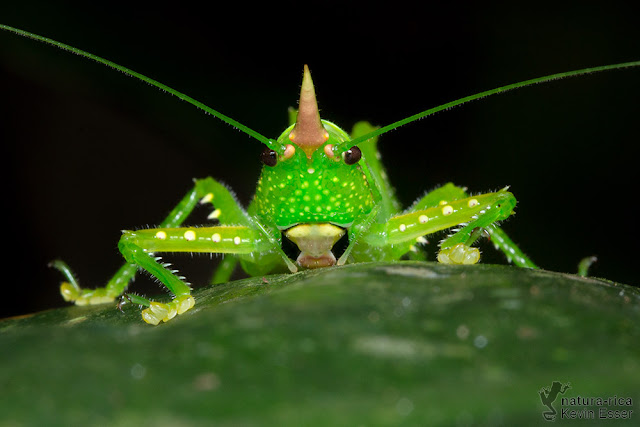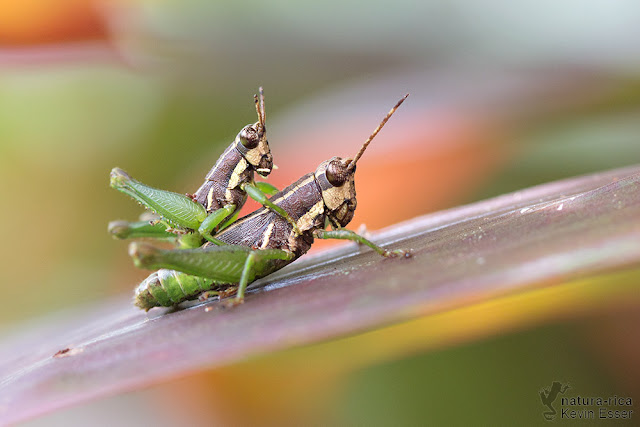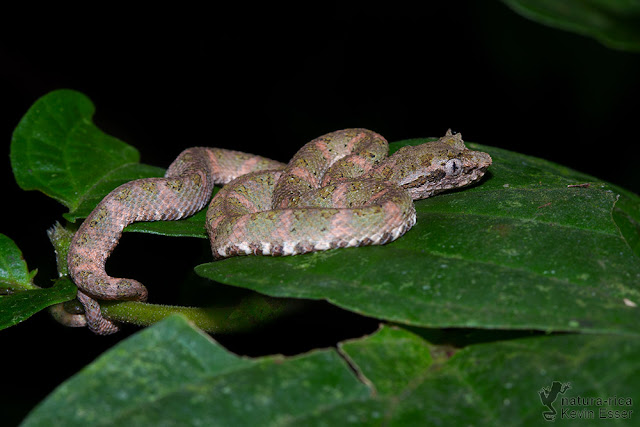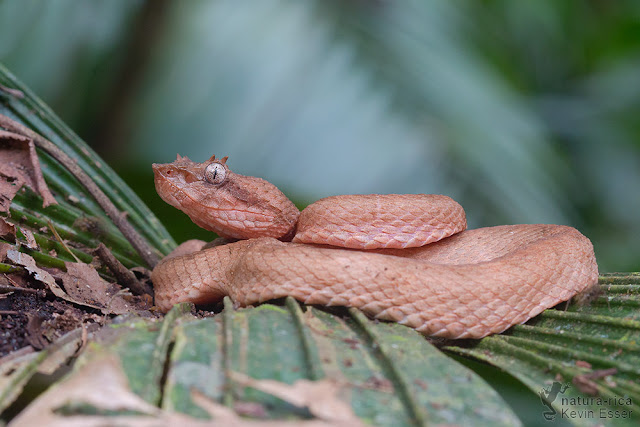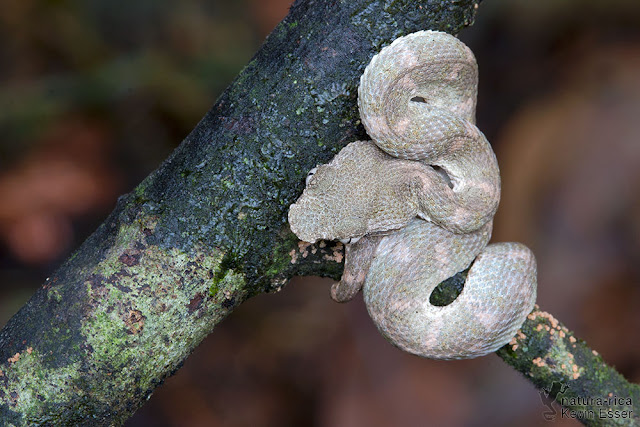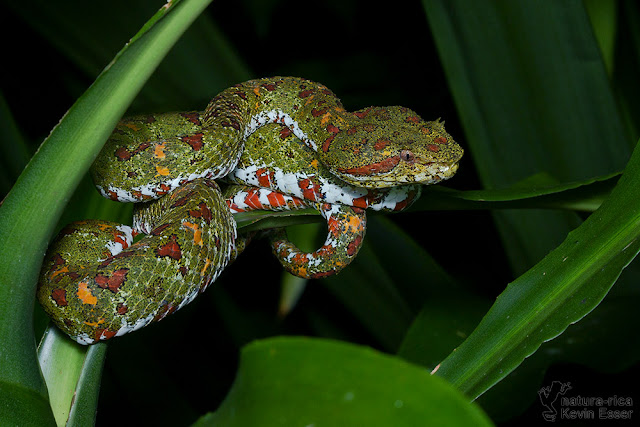Volcano Tenorio National Park is located in the north of Costa Rica. The 11,900 ha of the park include rain forest and primary cloud forest. Many different species of animals live in this park, for example the rarely seen Tapir. The main reason for a visit is the beautiful river Rio Celeste and its waterfall. What makes Rio Celeste so unique is the name-giving color: Bright turquoise-blue!
 |
| Typical "I was here" pic, next to the NP sign. |
The trails can be muddy, slippery and steep... so I would recommend hiking shoes or boots (at the entrance they have boots for rent). Meanwhile, the Tenorio National Park is quite popular, so if you don't want to hang around with many tourists, you should arrive early in the morning. Especially at the waterfall, it gets quite crowded later in the day and there might be "selfie-jams". Swimming is forbidden, which protects nature and is beneficial for landscape photography.
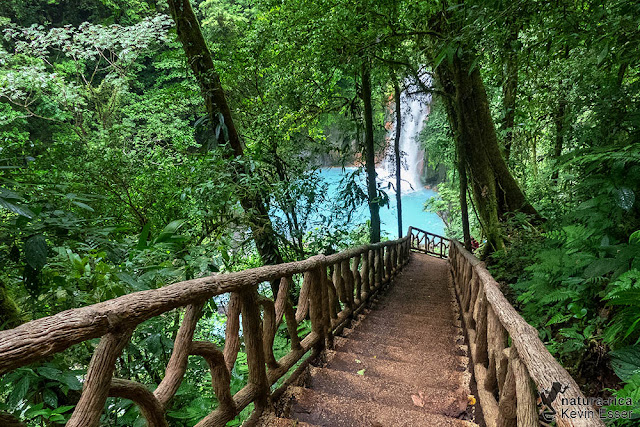 |
| Stairway to the waterfall |
 |
| Rio Celeste - Waterfall |
Surrounded by this amazing landscape, it can be hard to focus on the search for reptiles. It was funny to see almost all the other visitors walking past this small venomous snake, without seeing it. I showed the snake to people who politely asked me what I was photographing. Also I gave them some quick information about this interesting animal.
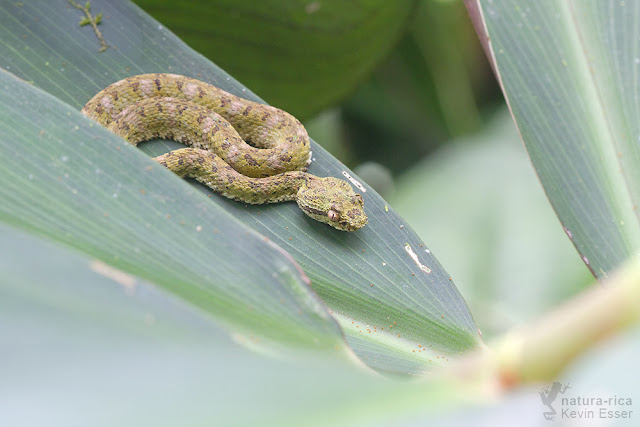 |
| Eyelash Viper (Bothriechis schlegelii) |
It was way easier to spot the curious White-nosed Coati. Feeding wild animals is prohibited in the national park. Some people still do it anyway, so the Coatis often come close to humans, begging for food.
 |
| White-nosed Coati (Nasua narica) |
 |
| Rio Celeste |
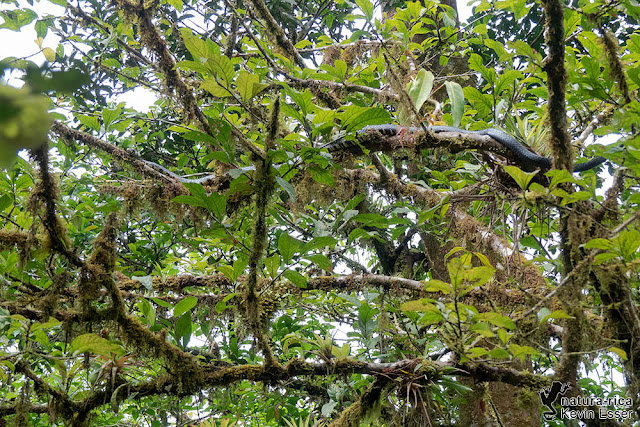 |
| Do you see this gorgeous creature? |
My favorite observation of the day was this -at least 2 meter long- Tiger Rat Snake (Spilotes pullatus). It was climbing elegantly in the trees at a height of about 4 meters. This snake is non venomous and diurnal.
 |
| Tiger Rat Snake (Spilotes pullatus) |
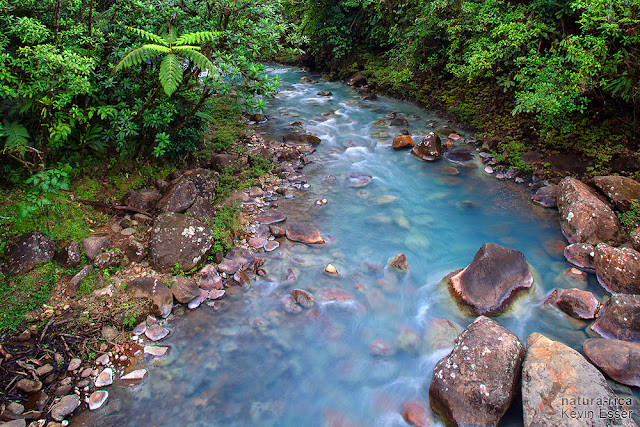 |
| Rio Celeste |
The landscape with its fantastic river is a very good reason to visit the park. There is also the possibility to observe some animals. I was very happy about the sightings of the snakes! But I can reassure those who want to enjoy the landscape without seeing any snakes: if you don't look for them, it is very unlikely to see any. Of course they are around - that's the jungle.










